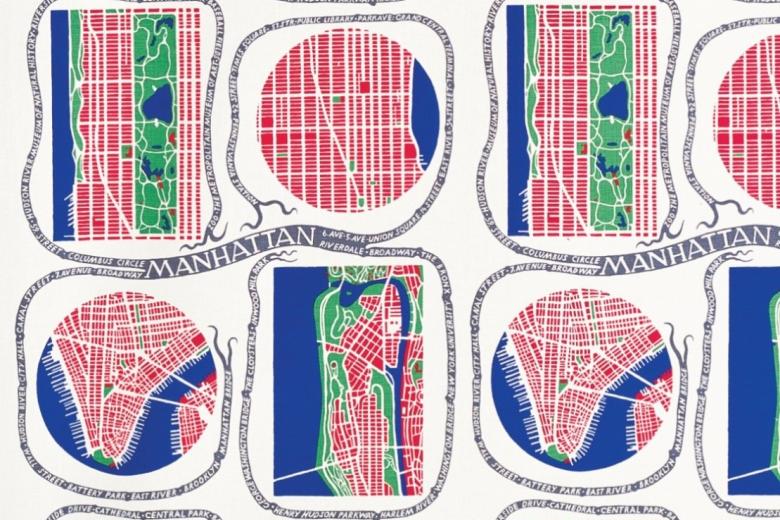The way to Geneva and INC-5.2 after the IACtHR Advisory Opinion on the Climate Emergency and Human Rights
How might the IACtHR Advisory Opinion on climate emergency and human rights reshape the Plastics Treaty negotiations?

How might the IACtHR Advisory Opinion on climate emergency and human rights reshape the Plastics Treaty negotiations?

For decades, multilateralism has been the guiding principle for regulating international trade relations between states. The European Union (EU) has long championed this approach, firmly believing that global cooperation - ideally through consensus among all countries - is the most effective way to...
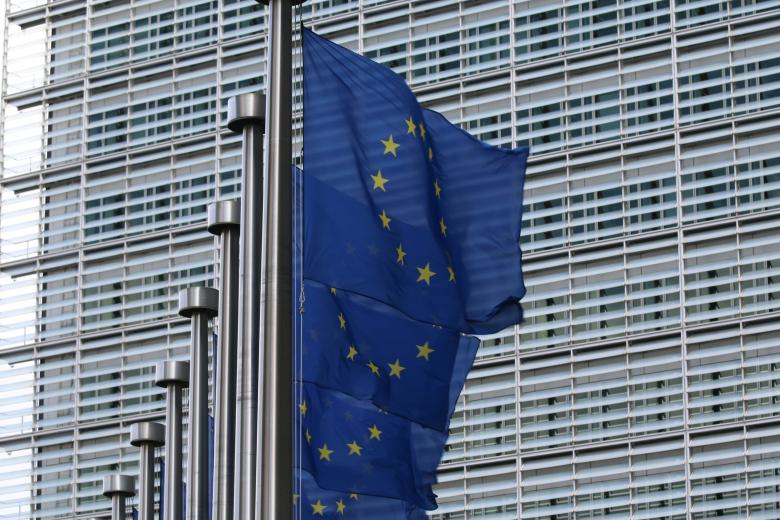
On 17 April, many of us had the pleasure of attending an IGIR Expert Lecture by John Clarke, former Chief Agriculture Negotiator of the European Union and former Head of the EU Delegation to the World Trade Organization and the United Nations in Geneva. He is currently a fellow at the Maastricht...

ChatGPT’s rapid virality sparks both enthusiasm for using the product and concerns about consumer protection. Protecting consumers in the age of AI was also a central topic at the AI-Assisted consumer seminar, co-organized by MaRBLe, GLaw-Net, and IGIR.
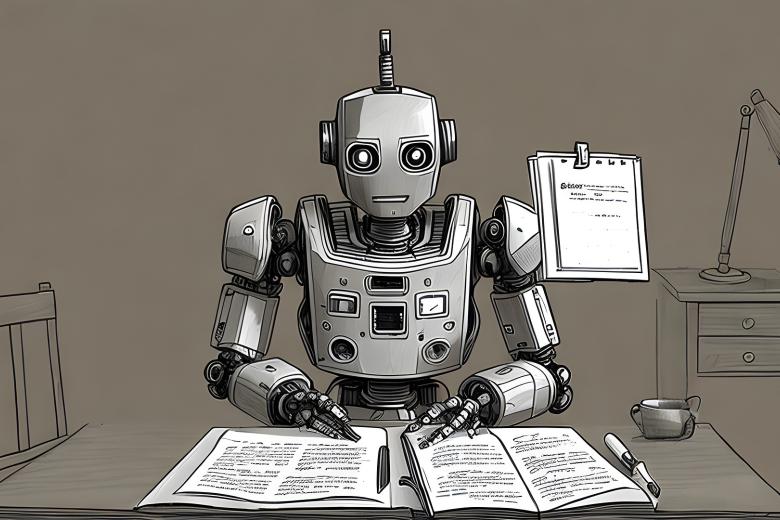
Technological developments challenge consumer protection in the digital sphere. One adaptation that could make the digital environment become safer and more trustworthy is to provide consumers with explanations of AI-based algorithm mechanisms used by intermediary platforms.
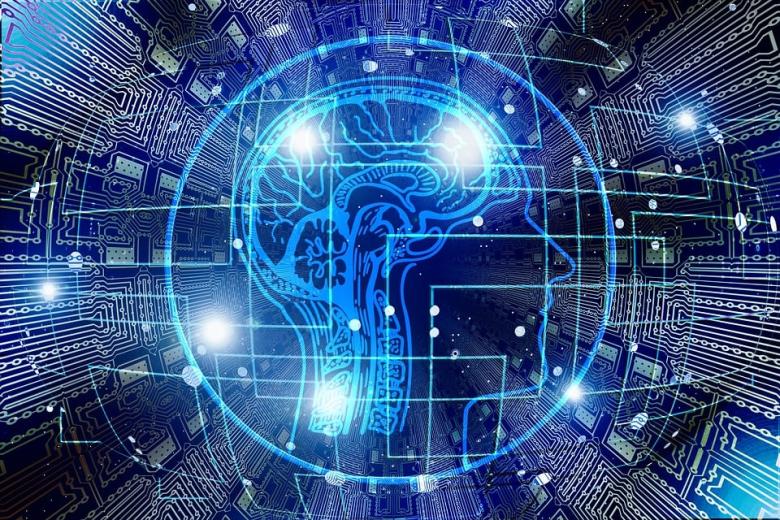
How does EU consumer laws address dark patterns on the Internet? This topic has been part of the scholarly debate during the panel discussion “The AI-assisted consumer”, organized on 6 December 2022 in collaboration with Glaw-Net and IGIR.

The widespread use of AI-assisted technologies in the digital sphere has given rise to the concept of digital vulnerability, as a contextual vulnerability experienced by internet users. This phenomenon sparks debate about whether the current legislative framework is sufficient to ensure effective...
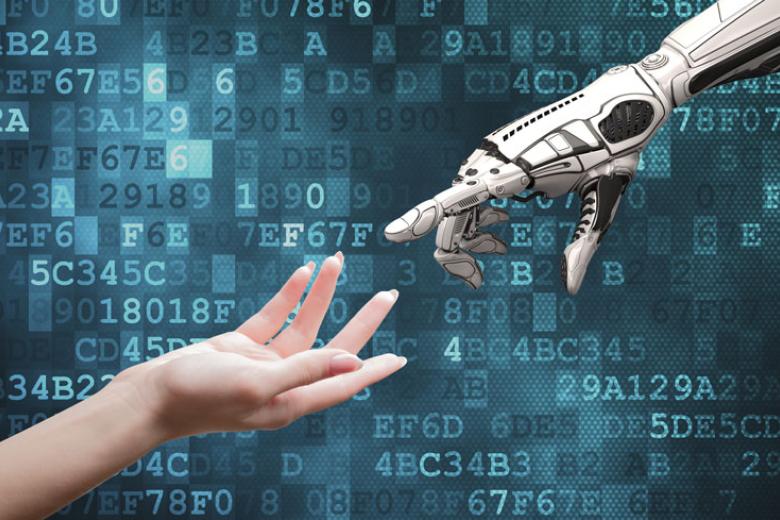
Content creators, exercising their freedom of expression, may use trade marks in their content in a way that might damage the interests of trade mark proprietors (e.g. use of Nike shoes in a porn movie). How does EU trade mark law address these different interests?
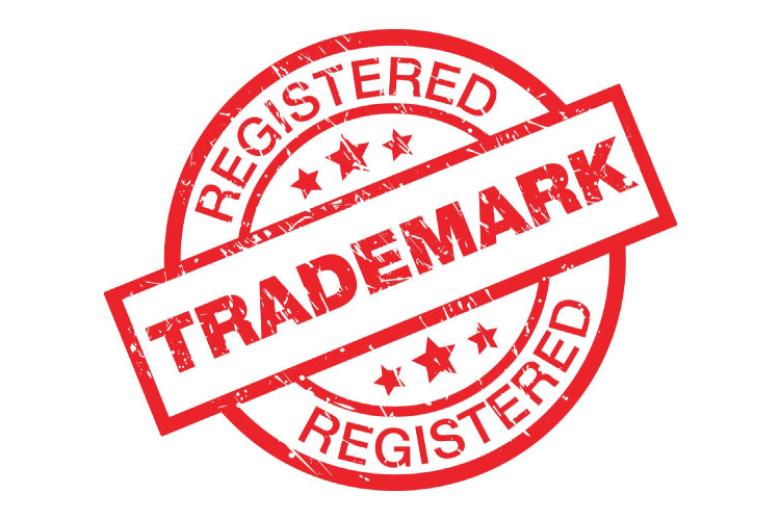
The European Patent Convention defines subject-matter that is not eligible for patent protection, such as methods for doing business. However, when implemented by a computer, non-eligible subject matter becomes eligible for patent protection. Is this desirable?

EU trade mark law excludes certain signs from becoming registered trade marks. In particular, shapes cannot be registered if they are necessary for achieving a technical result. In 2015, the amended Regulation broadened this exclusion to ‘another characteristics'. But what is now covered exactly?
